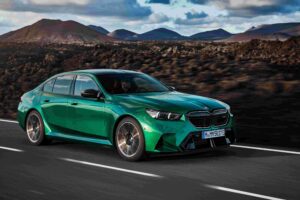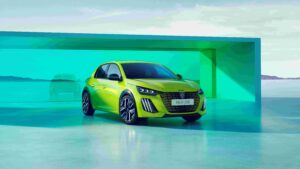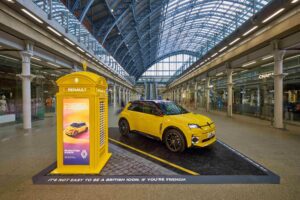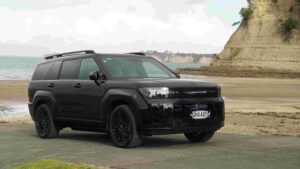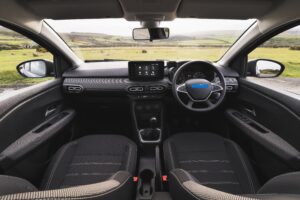Despite its obvious significance, the NZ launch of the all-electric Toyota bZ4X was less fanfare and more of an ‘ease into it’, which as it turns out, was exactly what the all-new BEV was all about – an exceptional driving experience that feels familiar and intuitive.
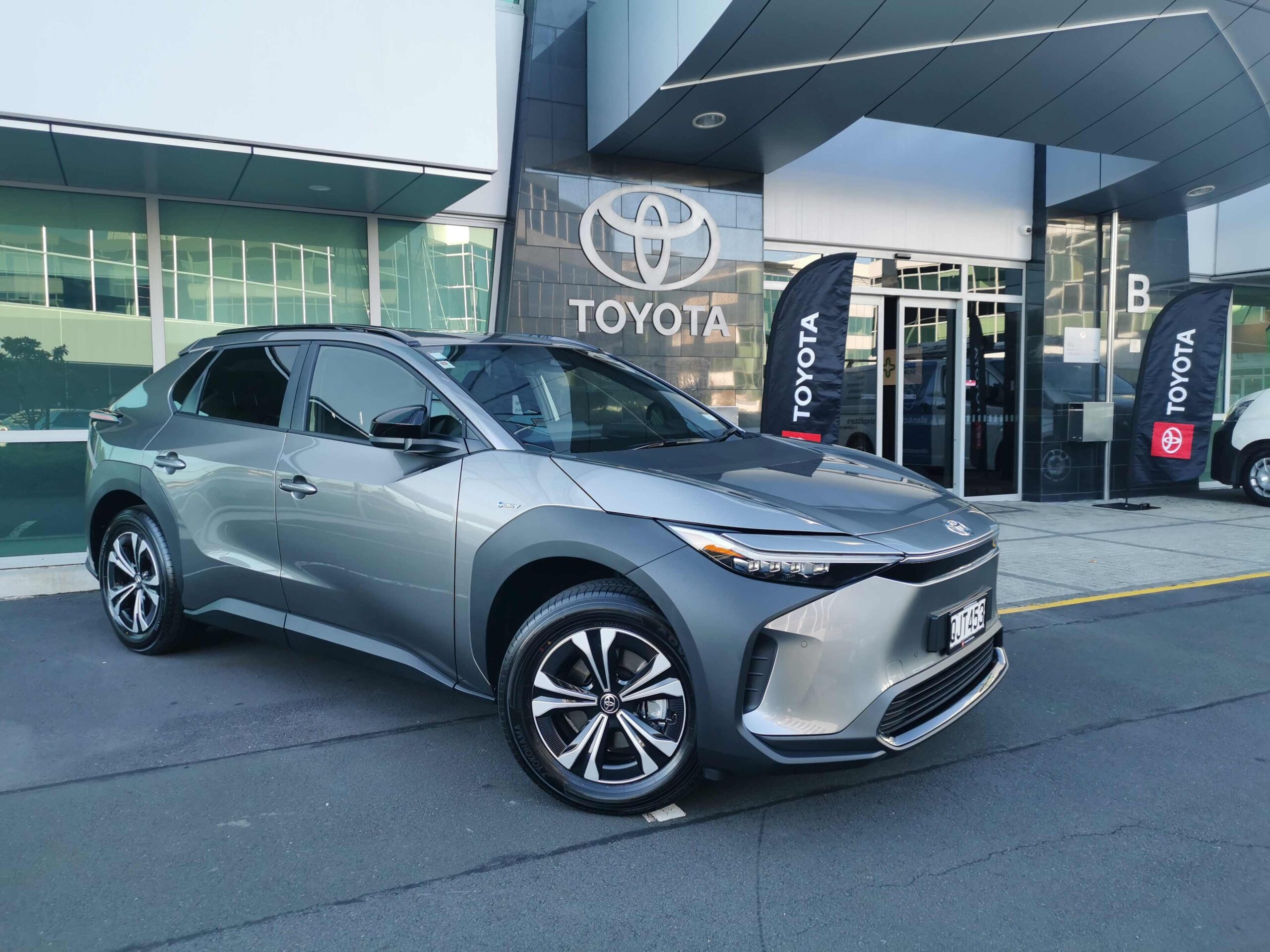
“Modern Day launches are quite bizarre, compared to how it used to be maybe five or even 10 years ago,” began Neeraj Lala Toyota NZ’s CEO. “We used to have the surprise of lifting the cover off a new model. However, today we find ourselves with half of you having already driven the vehicle and written reviews, and there’s plenty of information on-line.”
That being said, I personally hadn’t driven the bZ4X and was excited to do so, particularly since they had also gone to the trouble of bringing in Toyota’s Chief Engineer Masaya Uchiyama from Japan to help launch it.
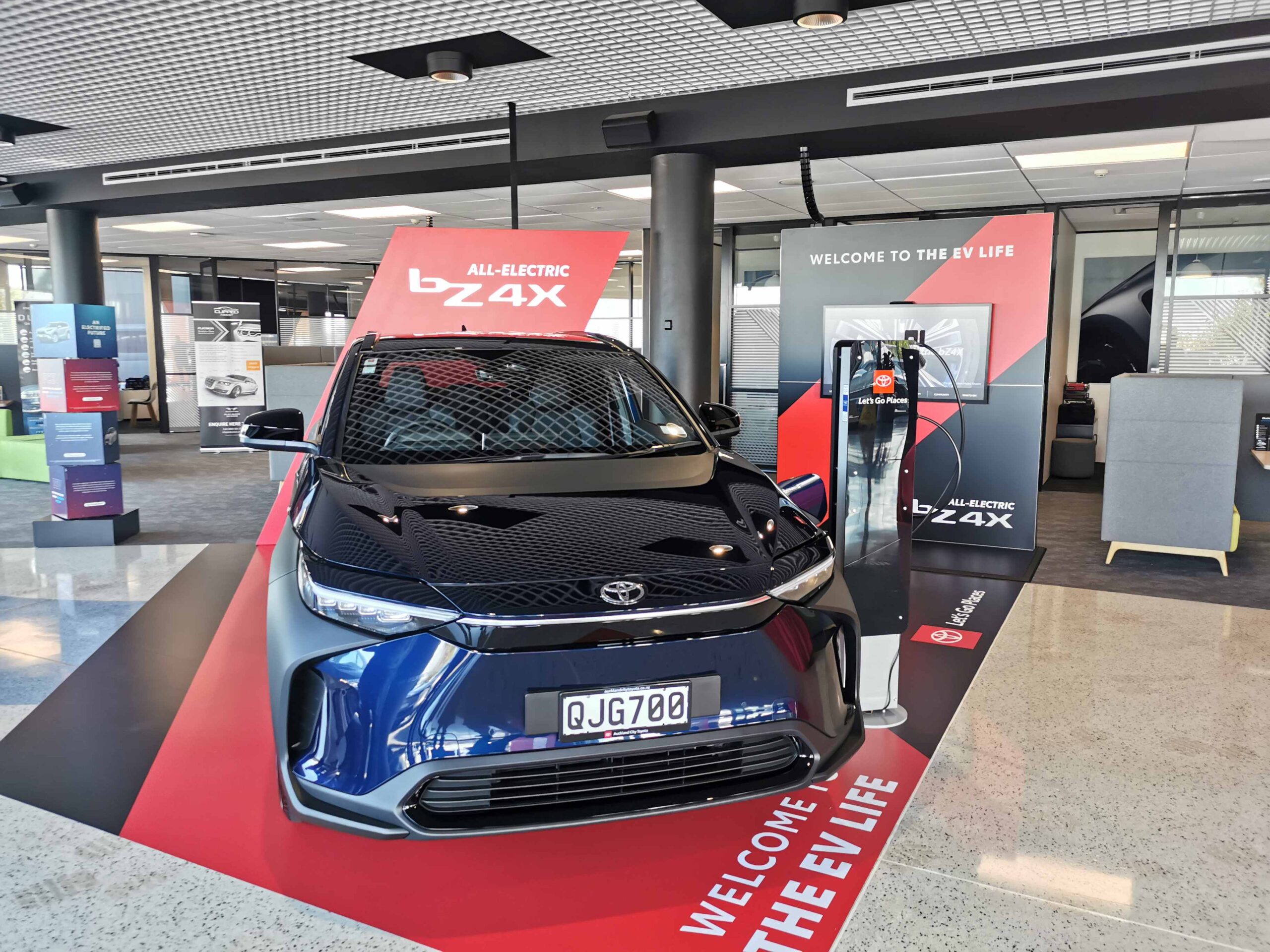
Although bZ4X doesn’t exactly roll off the tongue, its name embodies Toyota’s vision for a sustainable future, with the “b” representing going beyond conventional limits, while the “Z” signifies zero-impact, highlighting the vehicle’s commitment to reducing environmental harm. The number “4” refers to its size, and the “X” proudly showcases its off-roading capabilities.
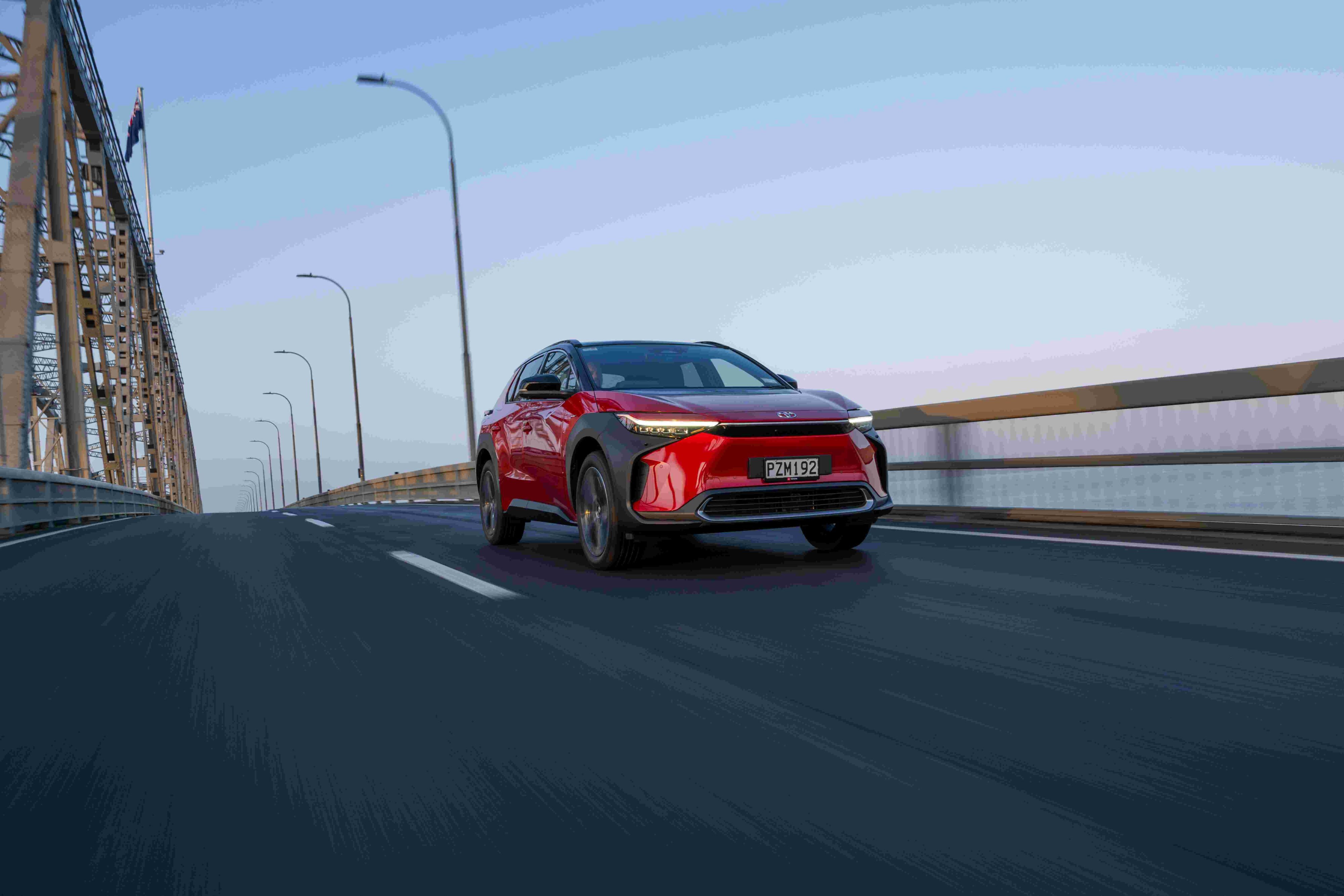
Let’s get one thing out of the way upfront, the bZ4X has been co-developed with Subaru (the differences I’ll get to later) and it’s also the first Toyota model on the e-TNGA platform which was developed specifically for EVS. NZ is launching with two variants, Pure which is a slightly lower spec’d, single motor FWD, option and Motion which bears all the fruit and has two motors AWD.
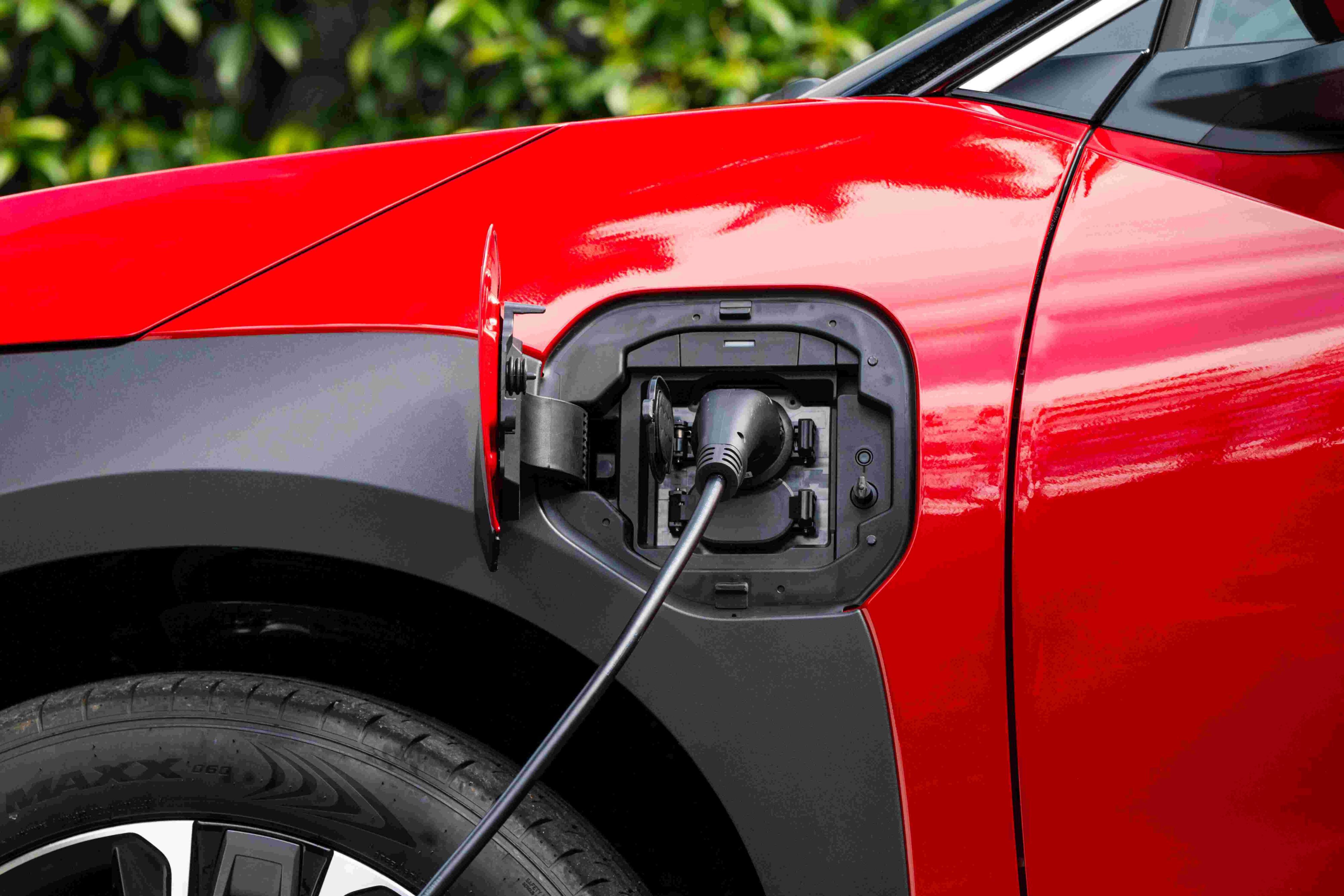
Both models come with a thin, high-capacity 71.4kWh battery pack (535km Pure/485km Motion) that’s placed flat under the floor, resulting in a low centre of gravity and excellent weight distribution, while the bZ4X is the first Toyota to adopt the eAxle technology integrating the transaxle, motor generator, and inverter with 150kw of power available for the FWD, and 160kW for AWD (80kW front, 80kW rear). The bZ4X is also compatible with 150kW DC fast chargers, allowing for a charging speed of 10% to 80% in just 30 minutes.
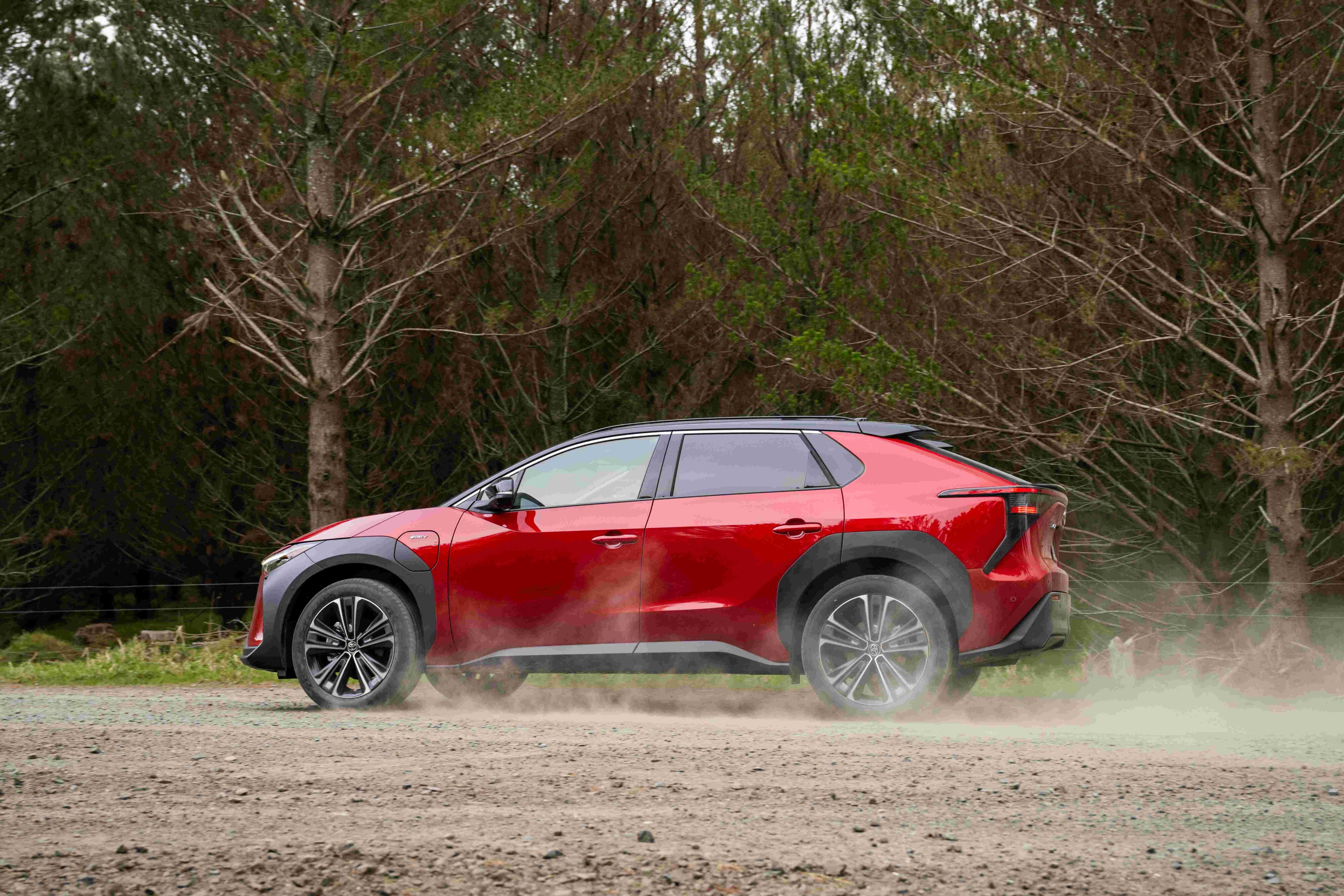
As for its capability, Chief Engineer Uchiyama says they have conducted rigorous off-roading tests, proving that the bZ4X is not just an urban electric vehicle. It can handle challenging terrains and rugged conditions with ease, providing a versatile driving experience – unfortunately we didn’t get to test that ourselves.
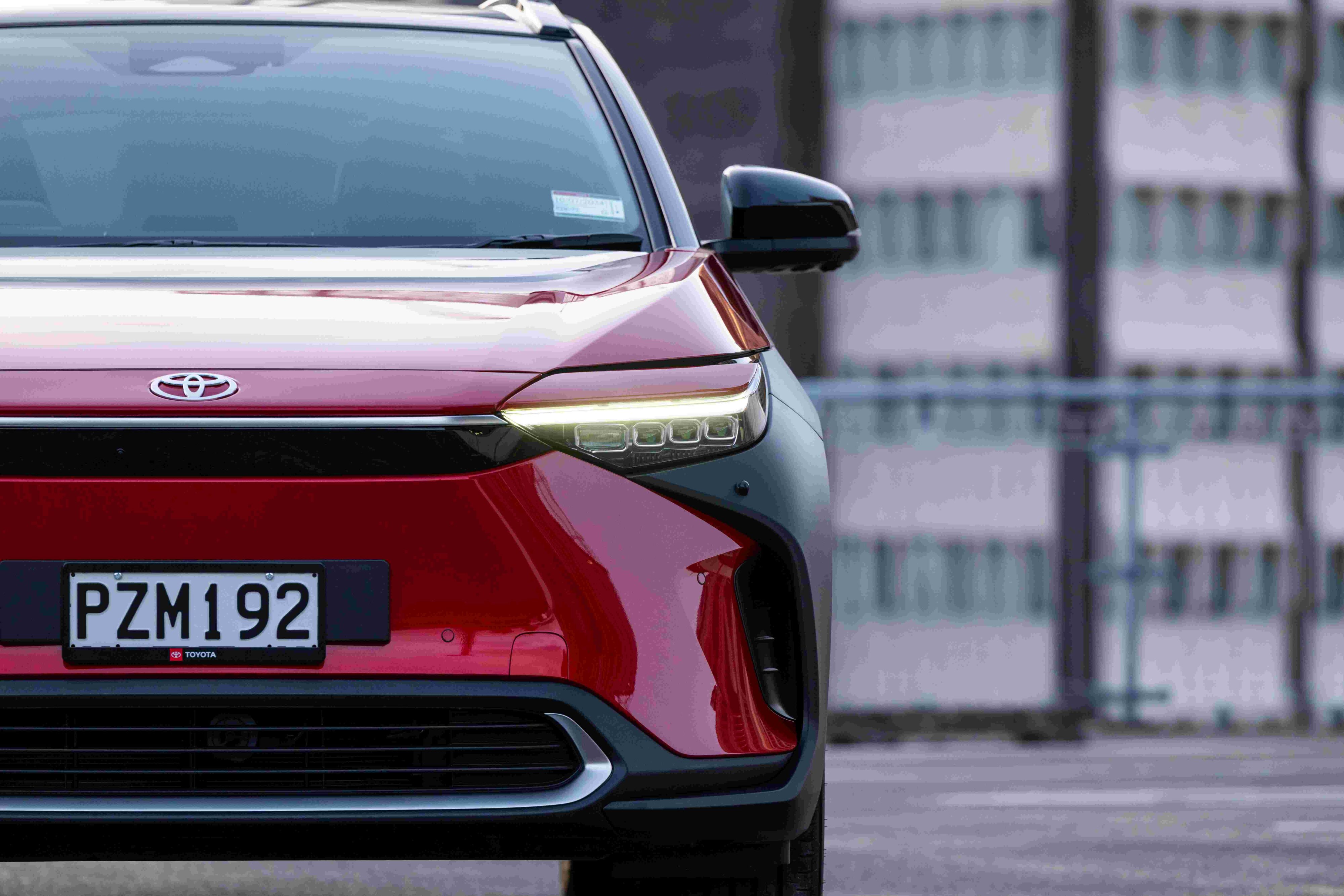
When it comes to design, the bZ4X’s is said to reflect Toyota’s commitment to aerodynamics and efficiency. It’s futuristic looking with a grille-free face and 4-eye LED headlights, while the rear gets full-width LED tail lights and an angled rear window that gives it its wedge-like shape and a car-like vibe.
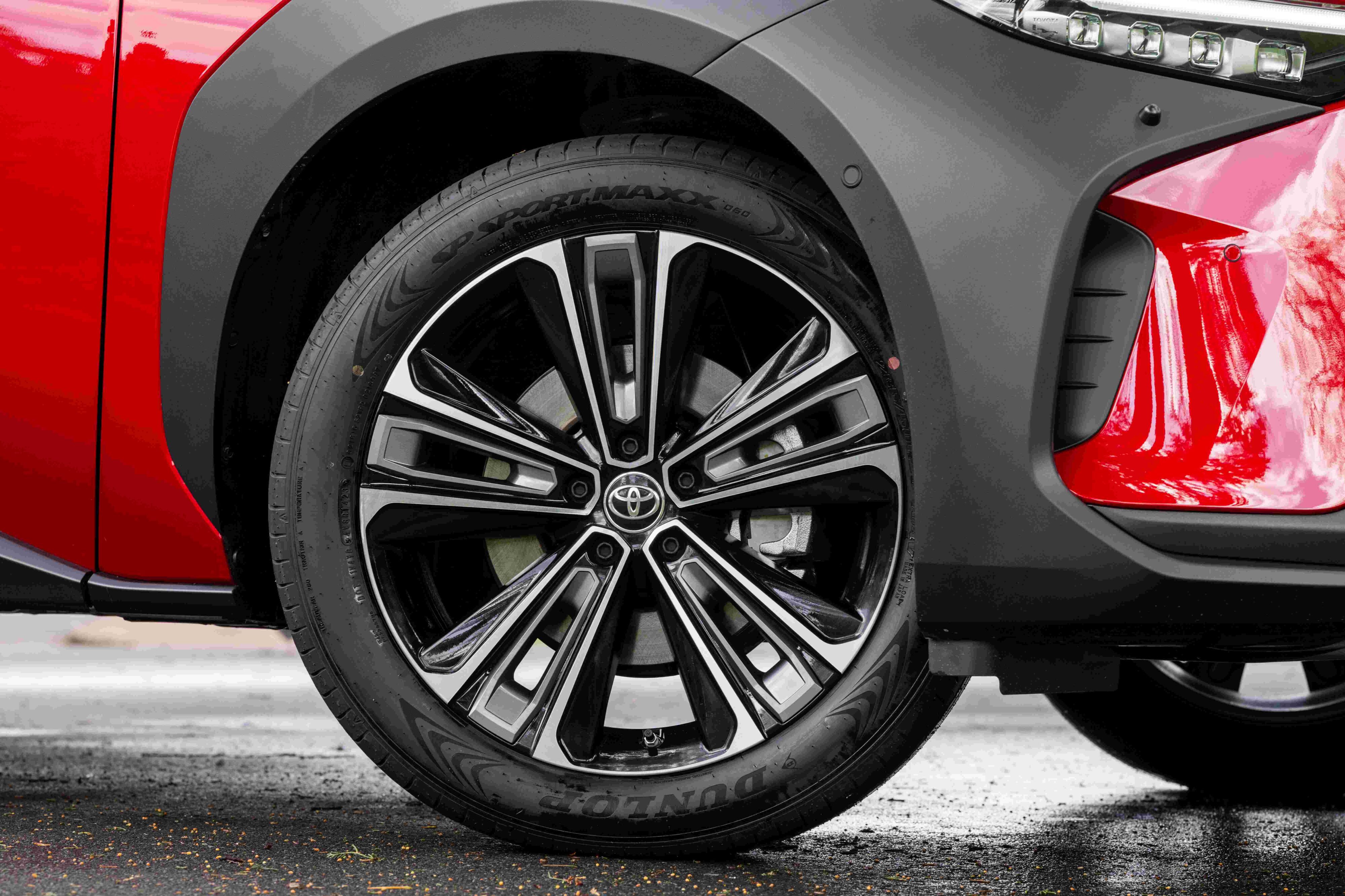
The Pure rides on 18-inch alloys, while the Motion steps up to 20-inch’s with a machine-finish and both models come in a wide range of colours, there’s even a two-tone option and the Motion comes with a split, panoramic roof.
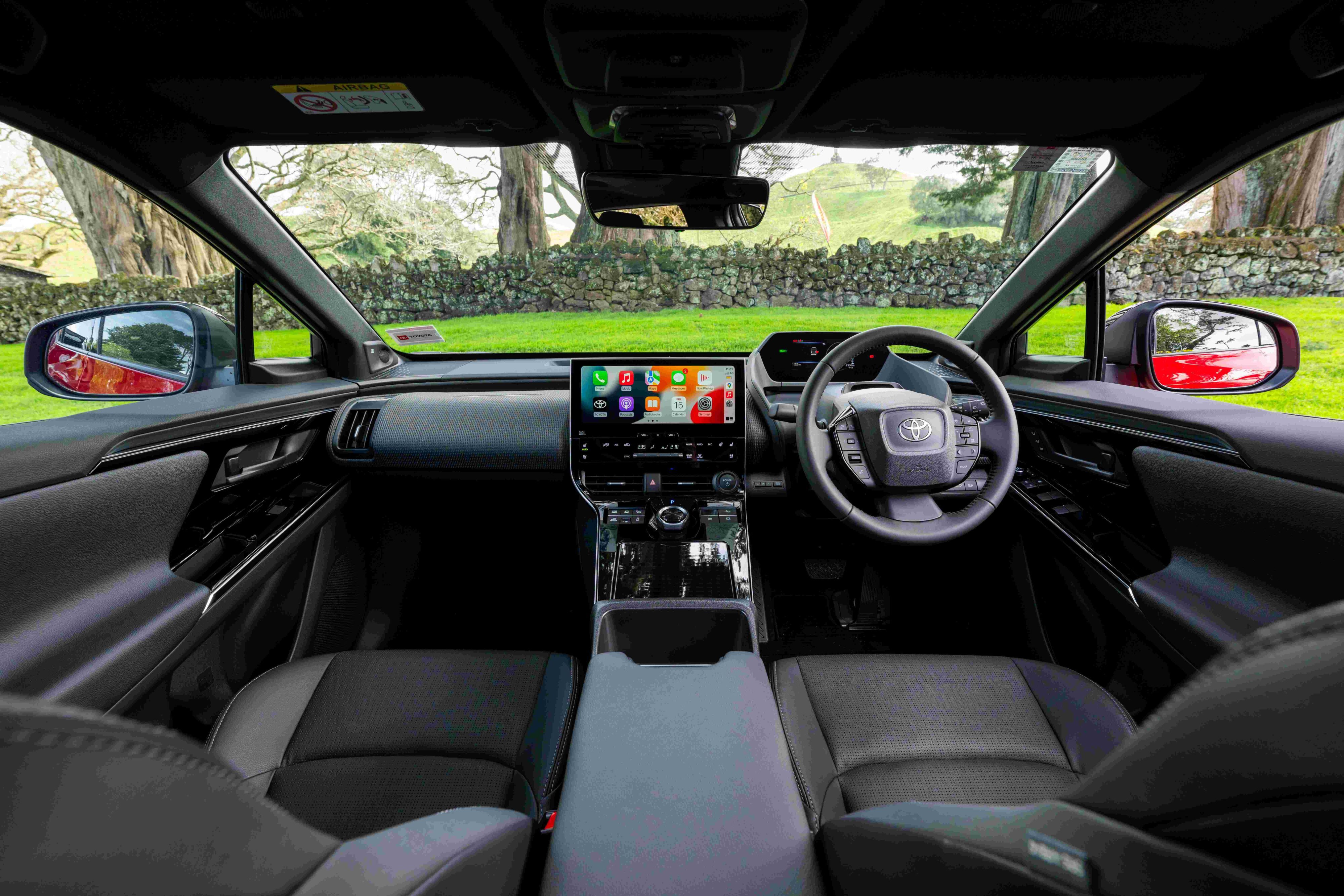
Inside the bZ4X you’re greeted by a comfortable and technologically advanced cabin. The Pure variant features a Fabric and Synthetic Leather accented interior trim, whereas the Motion introduces Synthetic Leather upholstery. The Motion also offers a heated steering wheel, driver’s seat memory function, and front seat ventilation. There is a large use of shiny piano black plastic around the centre console, which does look good but beware, it can dazzle on a sunny day.
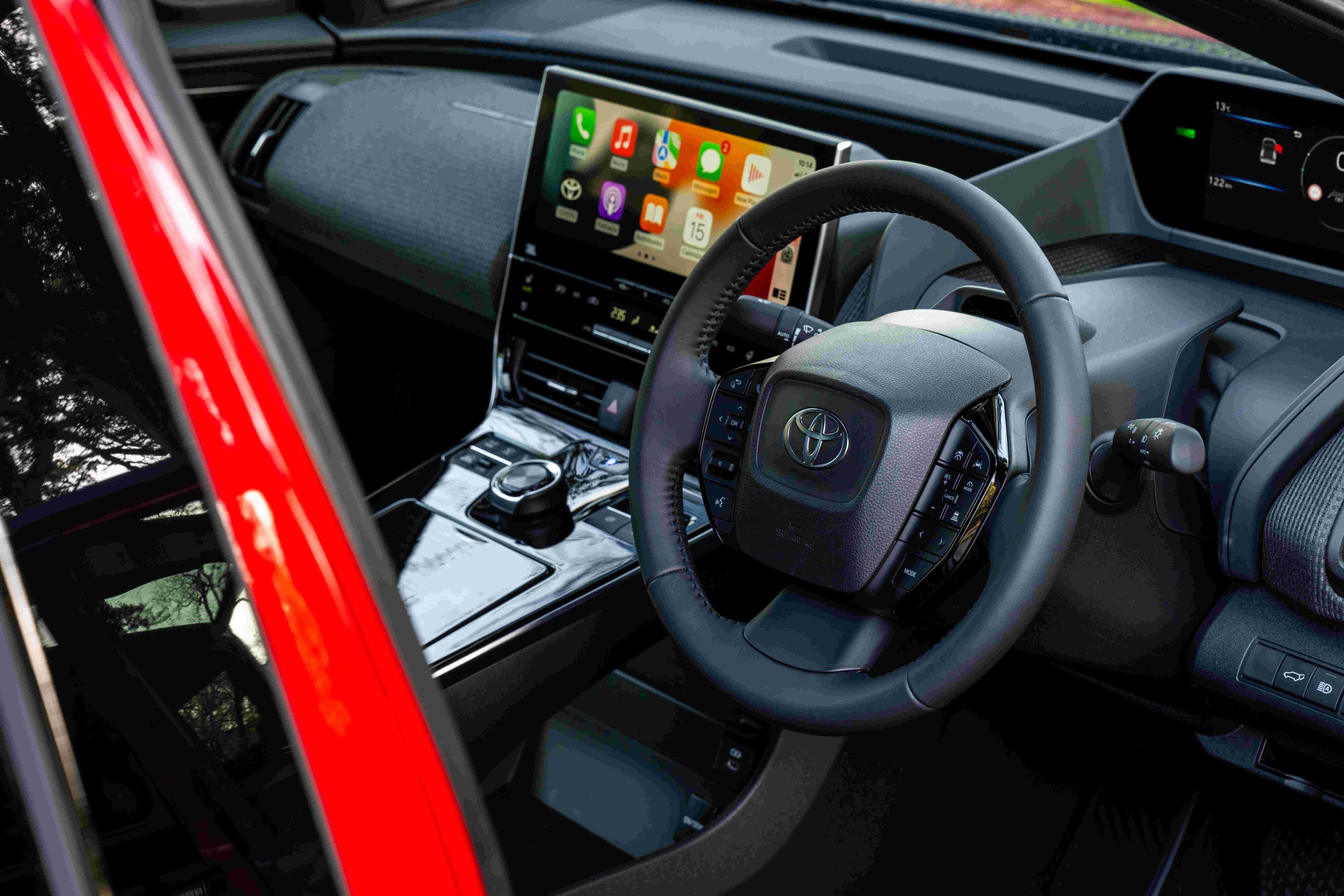
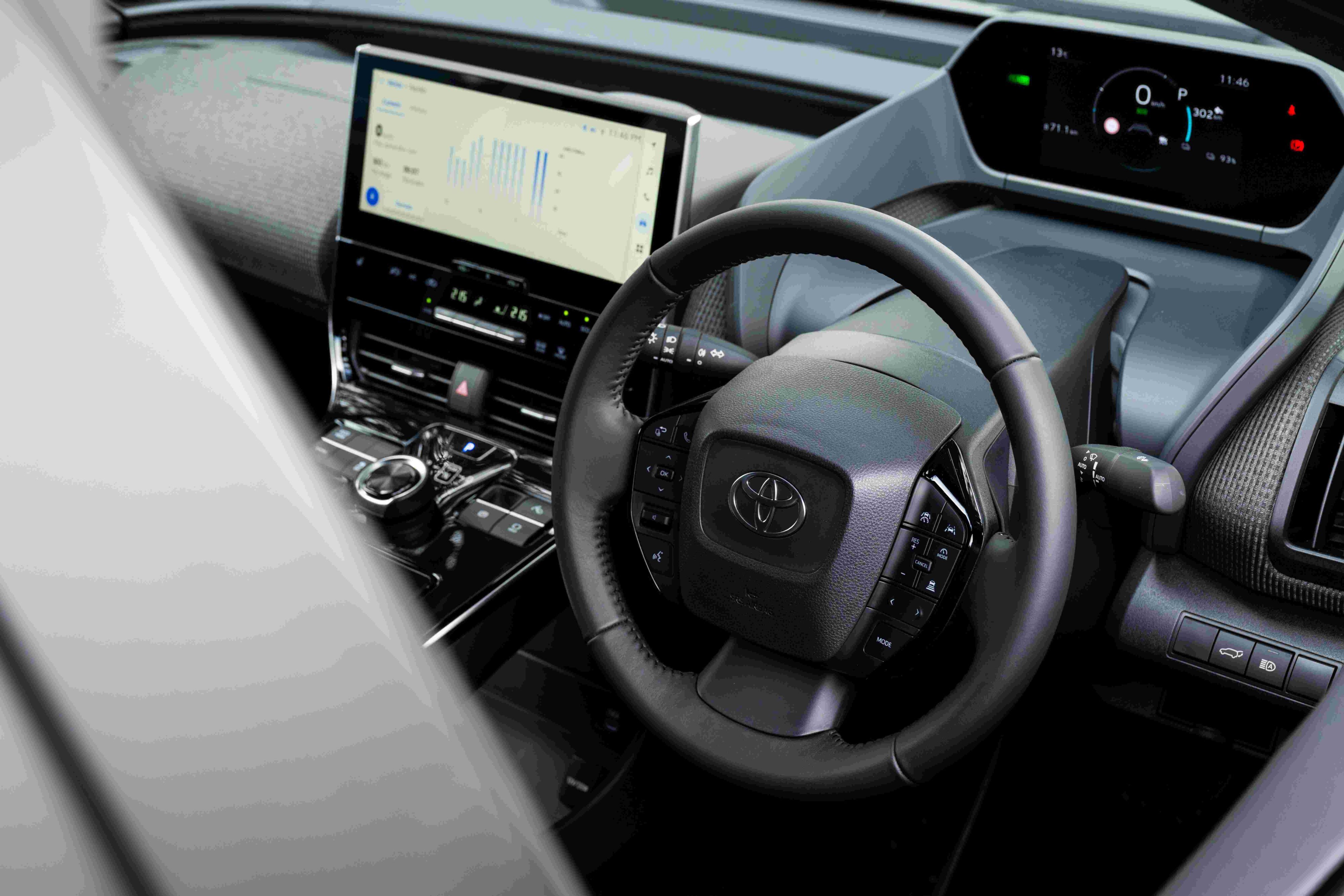
The big talking point is the 12.3″ high-resolution touchscreen with Satellite Navigation, Apple CarPlay, and Android Auto with connectivity through both USB and wireless interfaces. The Pure is equipped with a six-speaker system, while the Motion comes with a premium nine-speaker JBL system that includes a subwoofer.
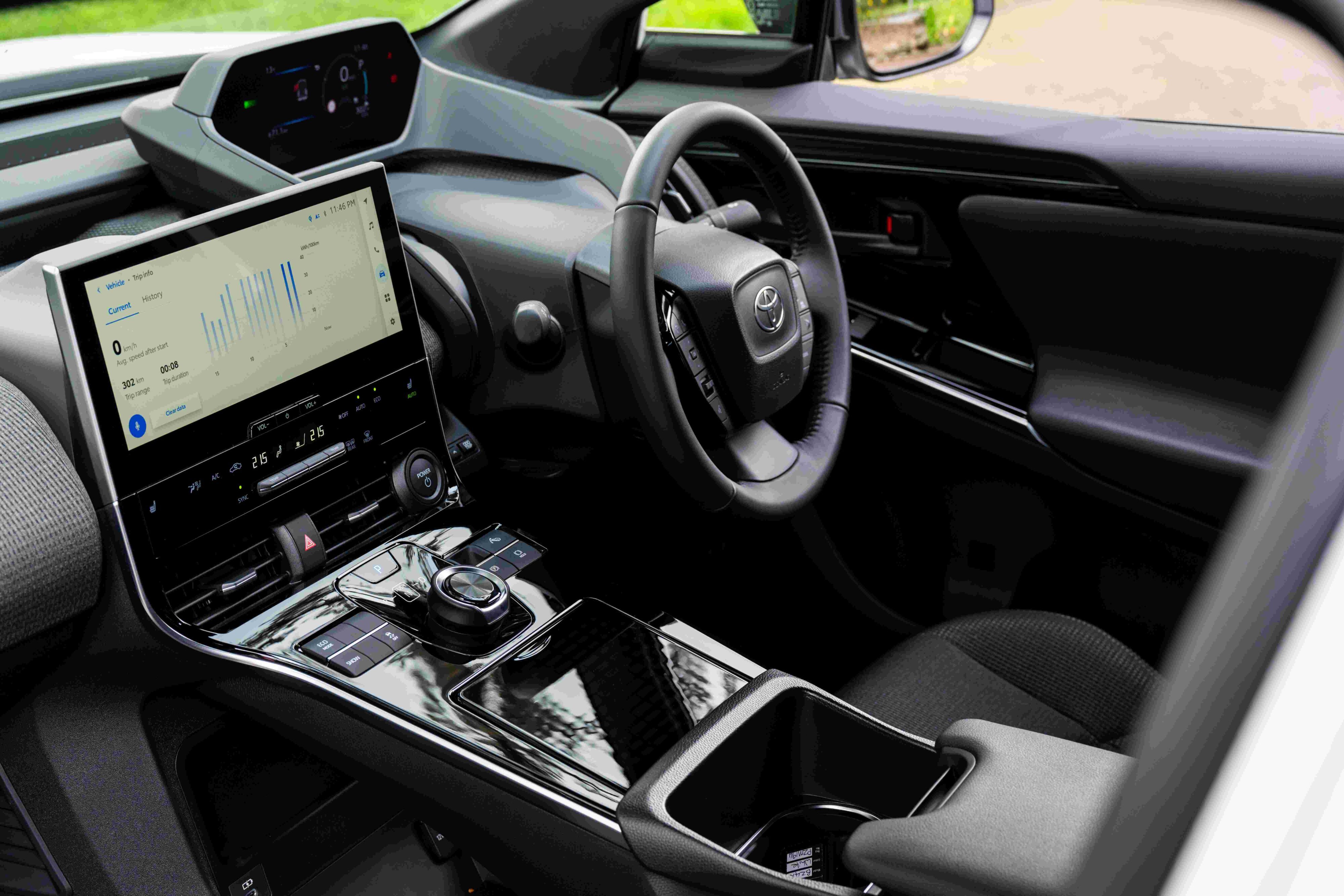
Our drive had us heading out East and the twisting roads around Maraetai and Clevedon, we were to test out both models and even have Masaya Uchiyama on board for some extra grilling.
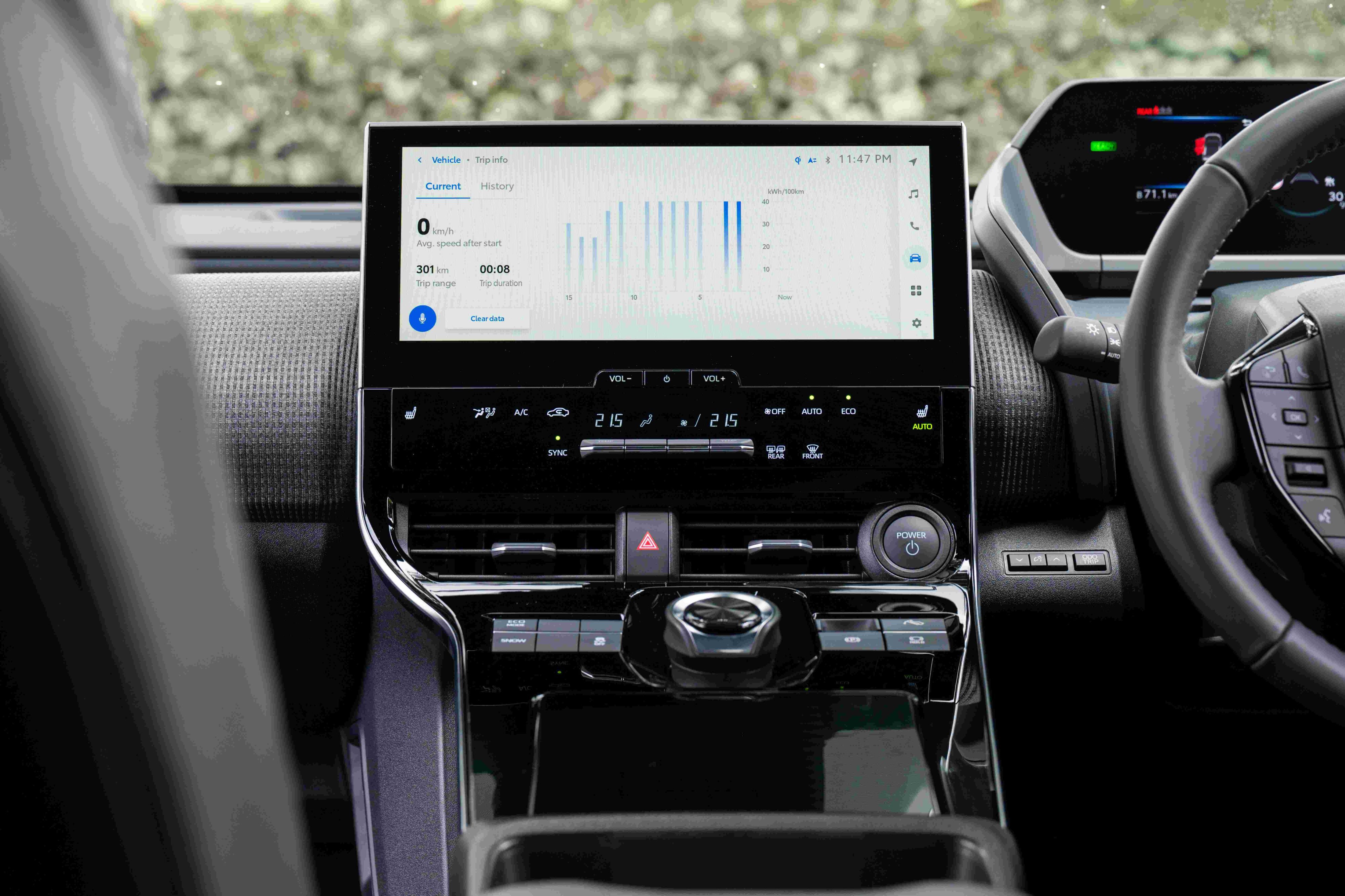
The thing that immediately stood out with both models was just how easy and Toyota-ish the bZ4X was. Sure, what goes on behind the scenes is anything but traditional Toyota, but the touchpoints and layout isn’t at all bamboozling (great for an old mind like mine).
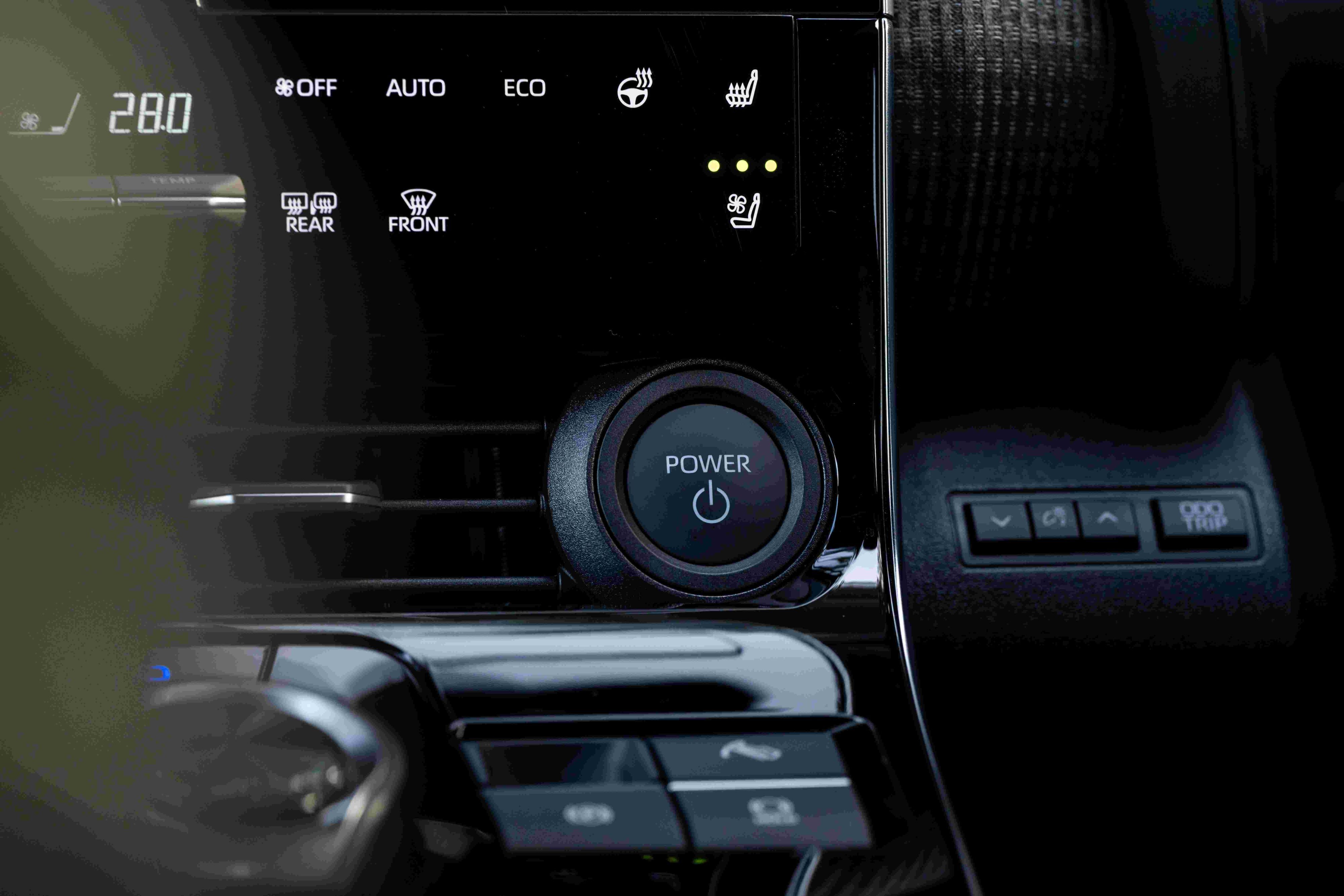
There is a push button start and a dial-type shifter, but from there on it, it’s like driving a car (funny that). Don’t get me wrong, there is a plethora of data and tech should you so desire it, but should you wish to just drive, you can do so. Safely too, as the bZ4X comes laden with driver and safety aids and 5-star ANCAP.
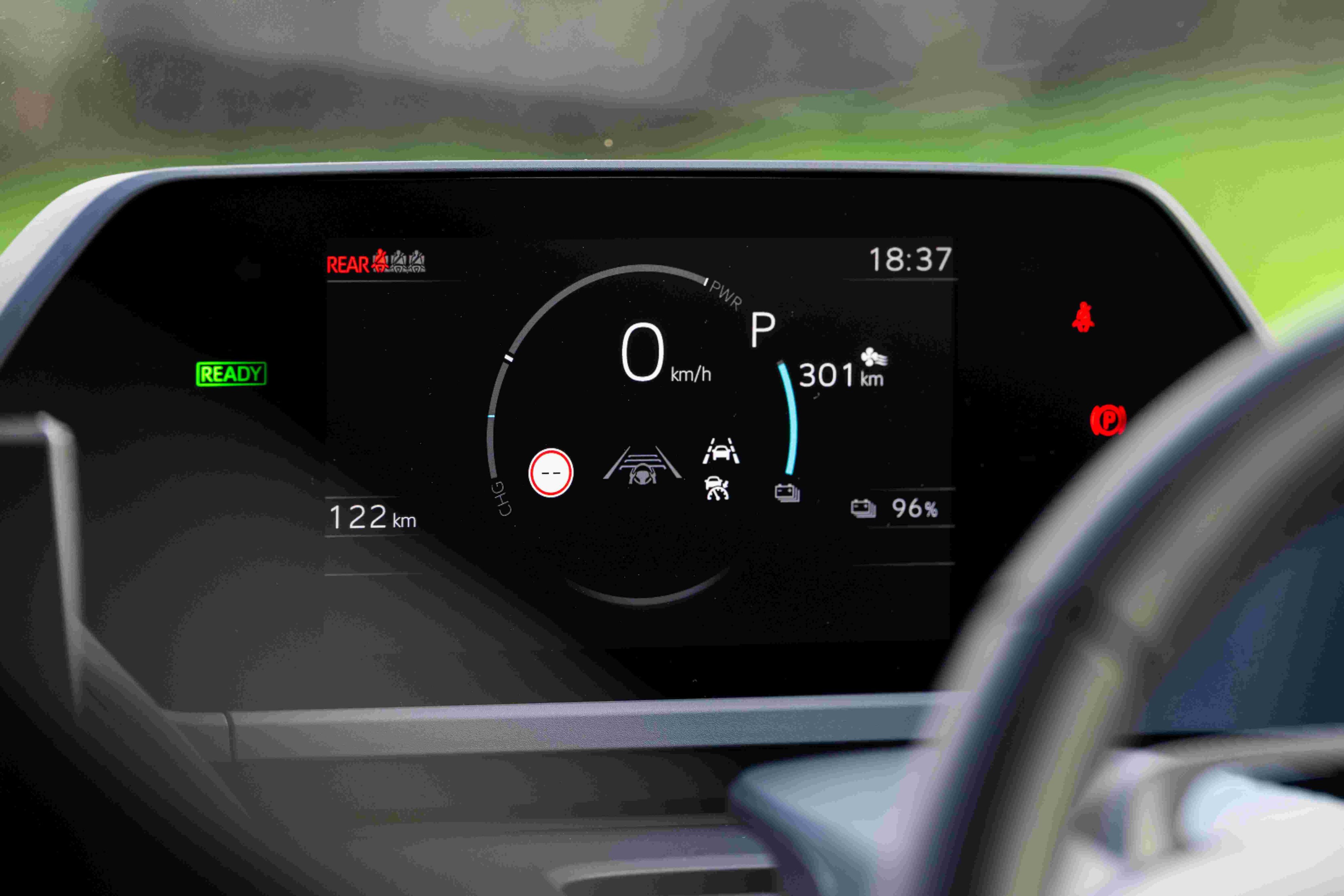
Quizzing Masaya Uchiyama along the way was a fun experience, he wouldn’t be coaxed into giving away too many secrets about the upcoming bZ projects (although we believe that the size/category targets are heading towards smaller footprints in the shorter term), but happily told us that the big difference between the bZ4X and the Subaru offering was based around a softer, smoother ride. Which in all fairness, both variants showcased.
Between the two, the Motion offered a more planted ride, particularly when pushed and of course bore more luxuries and features including a driver monitor that told me to stop paying attention to Masaya Uchiyama and devote more to the road, and the X-Mode/Grip control for AWD adventures, but both are a big look at what the future may hold for the brand.
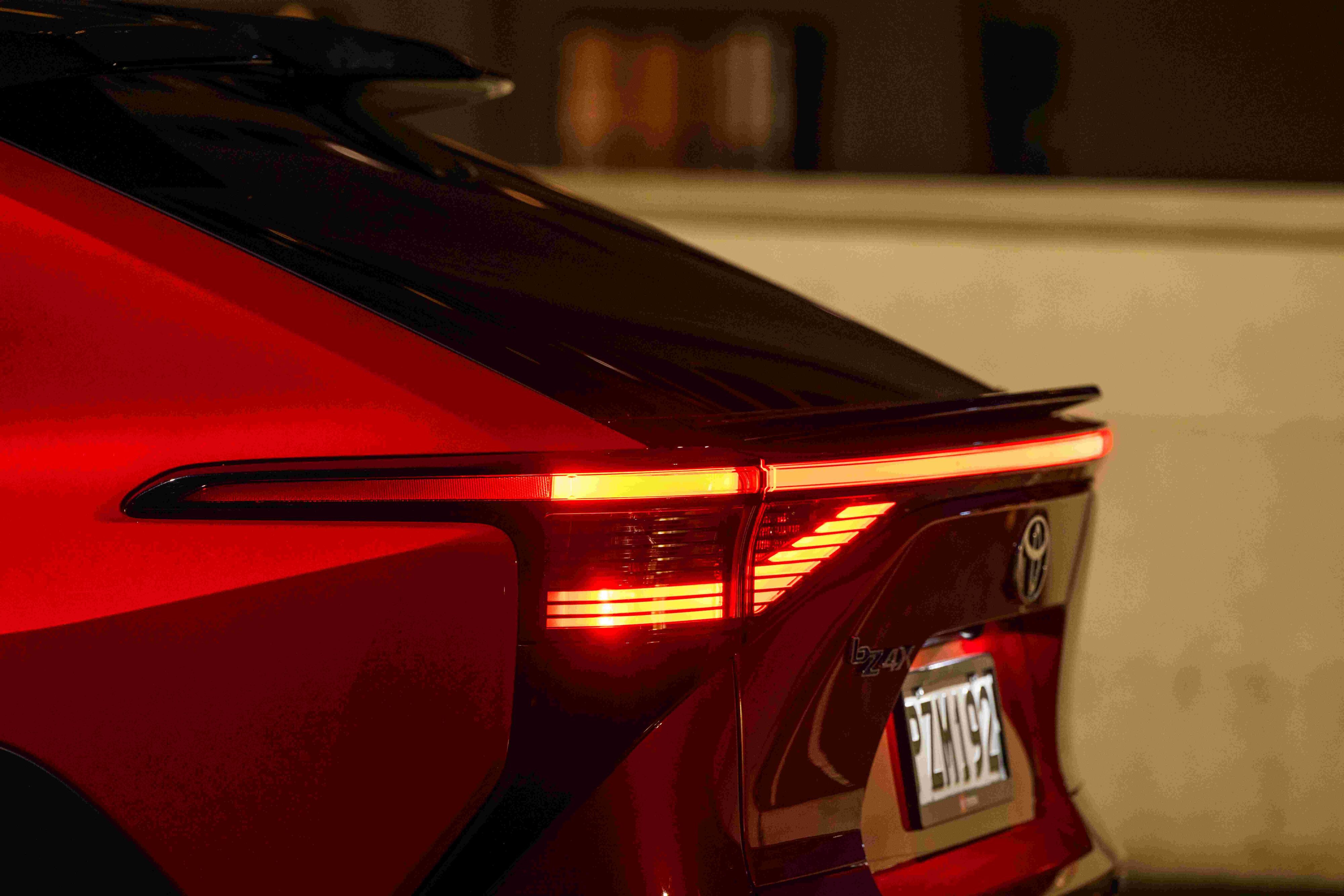
I couldn’t leave without talking about one last thing, and that’s the lack of a glove box. I’m not sure many people drive with gloves any more but a glove box is still a feature in most cars, not so for the bZ4X though. The reason for this is that the gubbins for the more-efficient heat pump (rather than an AC unit) are there. So more range or a place for your gloves, I think they’ve made the right choice.
Rest assured, I have booked both for a follow up drive.



